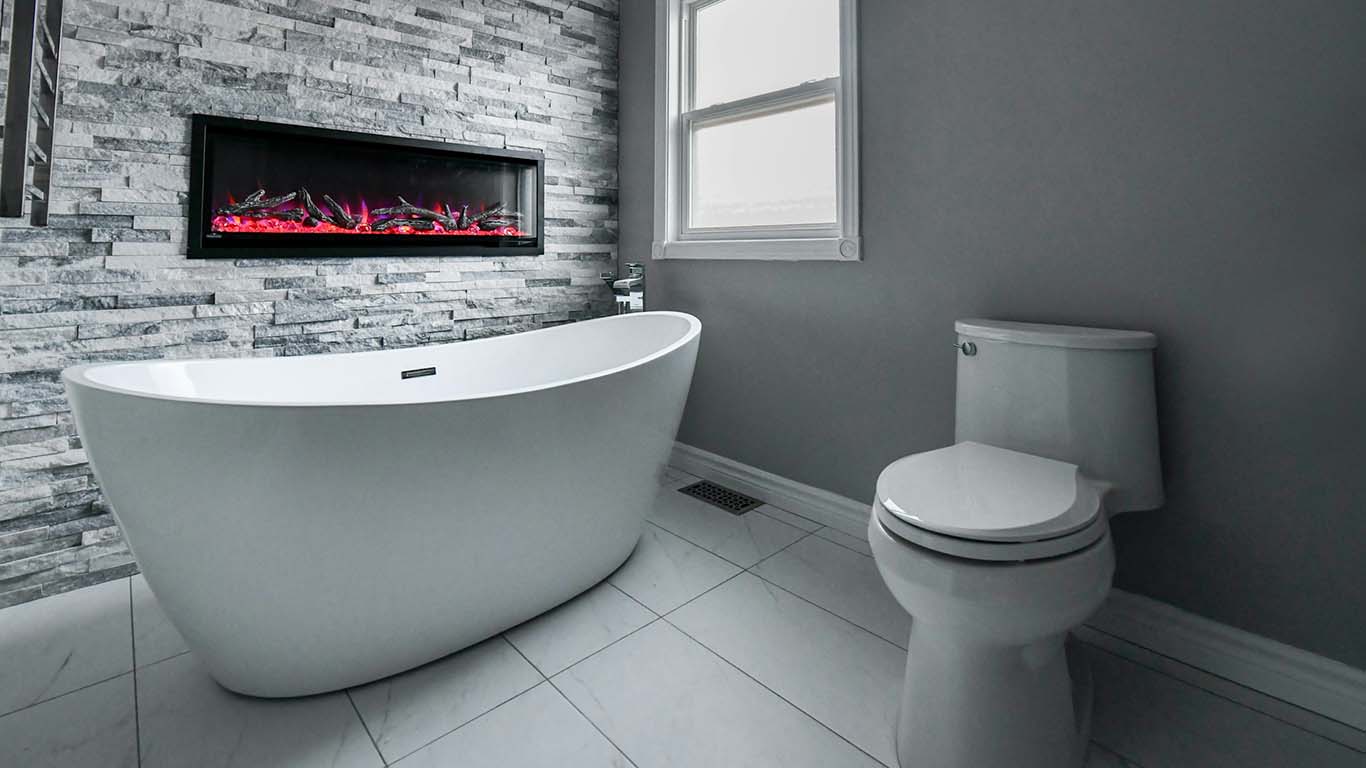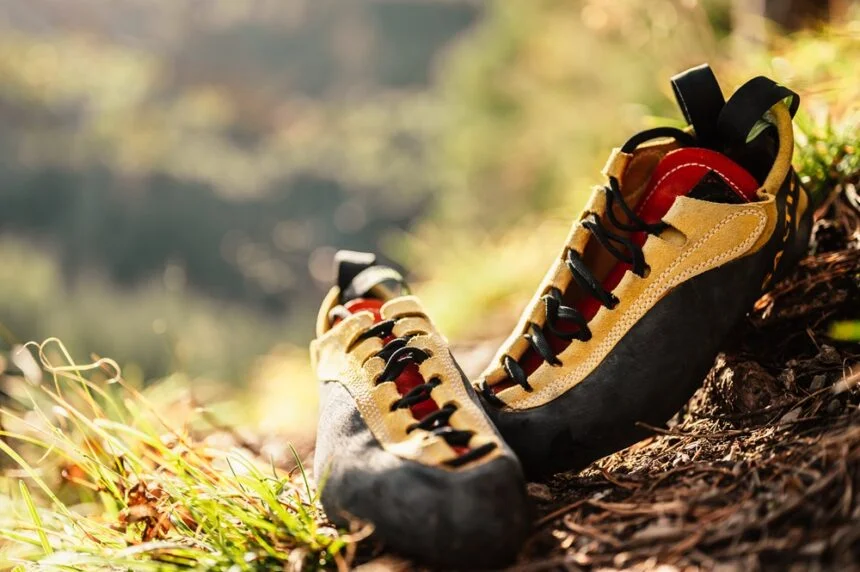For avid campers and mountaineers, having shelter you can rely on whatever the weather is crucial.
But not all tents are created equal when it comes to withstanding the elements. If you want a tent for 4 season tent sale shoppers that will truly protect you in any season, there are key features to look for.
In this guide, we’ll cover the must-have qualities that make a tent a suitable fortress for all 4 seasons and types of weather Mother Nature wants to throw at you.
Durable, Waterproof Fabric
The foundation of every good 4 season tent is the fabric it’s constructed from. You need something that can stand up to heavy snow loads, high winds, and extreme weather while still being waterproof and breathable.
- Nylon and polyester blends are common 4 season tent materials
- Ripstop fabrics add durability with reinforcement threads
- Look for a high denier rating (200D+) for abrasion resistance
- Waterproof coatings like polyurethane (PU) prevent seepage
Beefy, waterproof fabrics may add weight but give peace of mind that your shelter will protect you when conditions get gnarly.
Rugged Pole Structure
Inside your tent, the poles are the framework supporting the structure and any snow or wind forces working against it. For 4 season security, prioritize these pole features:
- Strong, lightweight materials like DAC Featherlite NSL anodized aluminum
- Multiple cross poles for stability and shape retention
- Pole clips rather than sleeves for fast, secure set up
- Joint reinforcements like pole locks and extended feet
Battle-ready poles that quickly snap together and hold their shape are vital when pitching a 4 season tent in unfavorable conditions.
Vestibules for Gear Storage
A key component many 4 season tents include is a vestibule space. These enclosed porches provide:
- Protected storage for packs, boots, tools
- Sheltered cooking space in harsh weather
- Extra wind and splash protection for entry and exit
When evaluating 4 season tents, larger or multiple vestibules give you more flexibility to store gear and move in and out of the tent.
Other Notable 4 Season Features
Beyond the foundation of fabric, poles, and vestibules, you’ll want to look for tents that include design focused on:
Ventilation
- Mesh areas and adjustable vents prevent condensation
Lighting
- Light pockets for lanterns and headlamps in dark conditions
Access
- Large zippers with storm flaps for smooth operation with cold hands or gloves
- Entry from vestibule so you minimize interior wind/water/snow intake
Space
- Steep walls and domed ceilings shed snow and create livable space for waiting out storms

Ideal Shape and Structure
The classic 4 season tent shape is a rounded dome, often referred to as a mountaineering tent style. This shape handles heavy snow loads and high winds better than cabin styles.
You also want to look at structure specifics like:
- A double-wall construction with mesh inner tent helps control condensation
- Lots of guyout loops and points to securely stake down and reinforce structural integrity
- 4+ season rating (look for certification logos) ensures suitable durability and components
Key Qualities in a Great 4 Season Tent
To quickly evaluate if a tent meets 4 seasons criteria, keep these tents qualities in mind:
All-Weather Fabric- High denier, ripstop polyester/nylon with PU coating
Pole Sturdiness- DAC Featherlite or similar durable, lightweight material
Vestibule Space- For protected storage and entry/exit cover
Ventilation- Mesh panels and adjustable air intake options
Snow Shedding Shape- Rounded dome style optimized for snow/wind
Access and Storage Features- Storm door flaps, interior pockets, gear lofts
Real-World Tested: REI Co-op Arete ASL 2 Tent
A top-rated 4 season tent beloved by Pacific Northwest mountaineers and climbers is the REI Co-op Arete ASL 2. Key features include:
✅ 30D ripstop nylon PU-coated fabric
✅ DAC Featherlite NHL pole system
✅ 75D polyester canopy & floor
✅ 2 vestibules with over 5 ft. of storage space
✅ Vented rain fly and adjustable vents
✅ Interior pockets and rear entry for easy access
This tent ticks all the boxes for a bombproof shelter ready to deploy in harsh alpine environments. Just ask the PNW adventure crowd!
Do You Need a 4 Season Tent?
Before investing in a hardcore winter fortress, ask yourself:
- When/where will you camp? Winter months only? Shoulder seasons?
- What types of terrain and weather will you face? Lots of snow/wind? Rain/mud?
- How many people need to fit? More bodies = more warmth and condensation
- How much are you willing to spend? Bombproof protection comes at a price
While 4 season tents are critical for mountaineers and winter explorers, the average fair weather camper can likely get by with a more recreational 3 season option most of the time.
Invest in Your Priorities
Building a tent that can battle all 4 seasons is an exercise in engineering – and costs a premium. Make sure to invest where it counts for you:
- Storm protection with durable, waterproof fabric
- Wind resistance with sturdy pole and stake configurations
- Space maximization with integrated storage areas
- Ventilation and condensation control with mesh panels and vents
- Ease of access with large, protected zippers and entries
For most backpackers, going lighter and more packable may be the priority over maximum livable space and features. Know your needs before committing!
Ready to Upgrade Your Shelter?
If you’re looking to upgrade your tent game and invest in a 4 season fortress, focus on these fundamentals:
- Waterproof, wind-resistant materials
- Pole strength and rigidity
- Vestibule storage and access
- Ventilation and condensation control
- Weight considerations
Finding the right balance of weather protection, livable space, packed size, and weight depends on your specific camping adventures. Evaluate your expected conditions and make investment trade-offs accordingly in your perfect 4 season shelter.








Leave a Reply